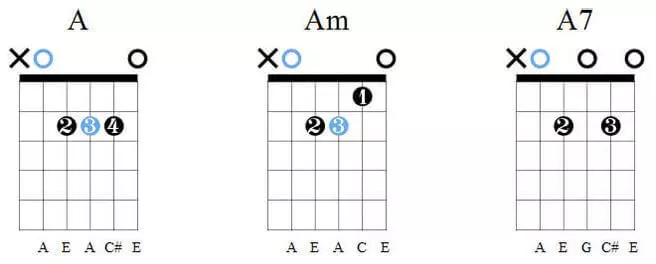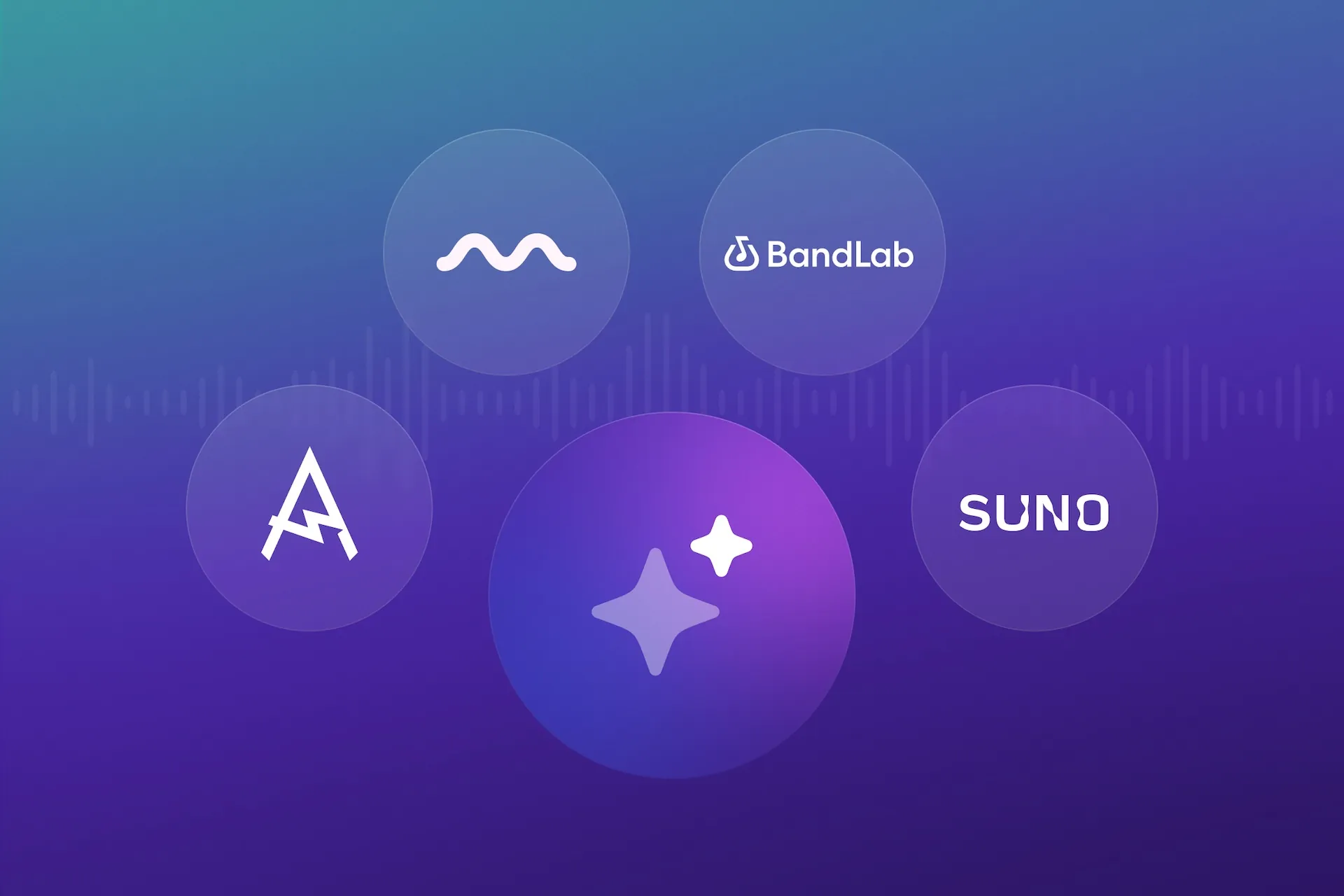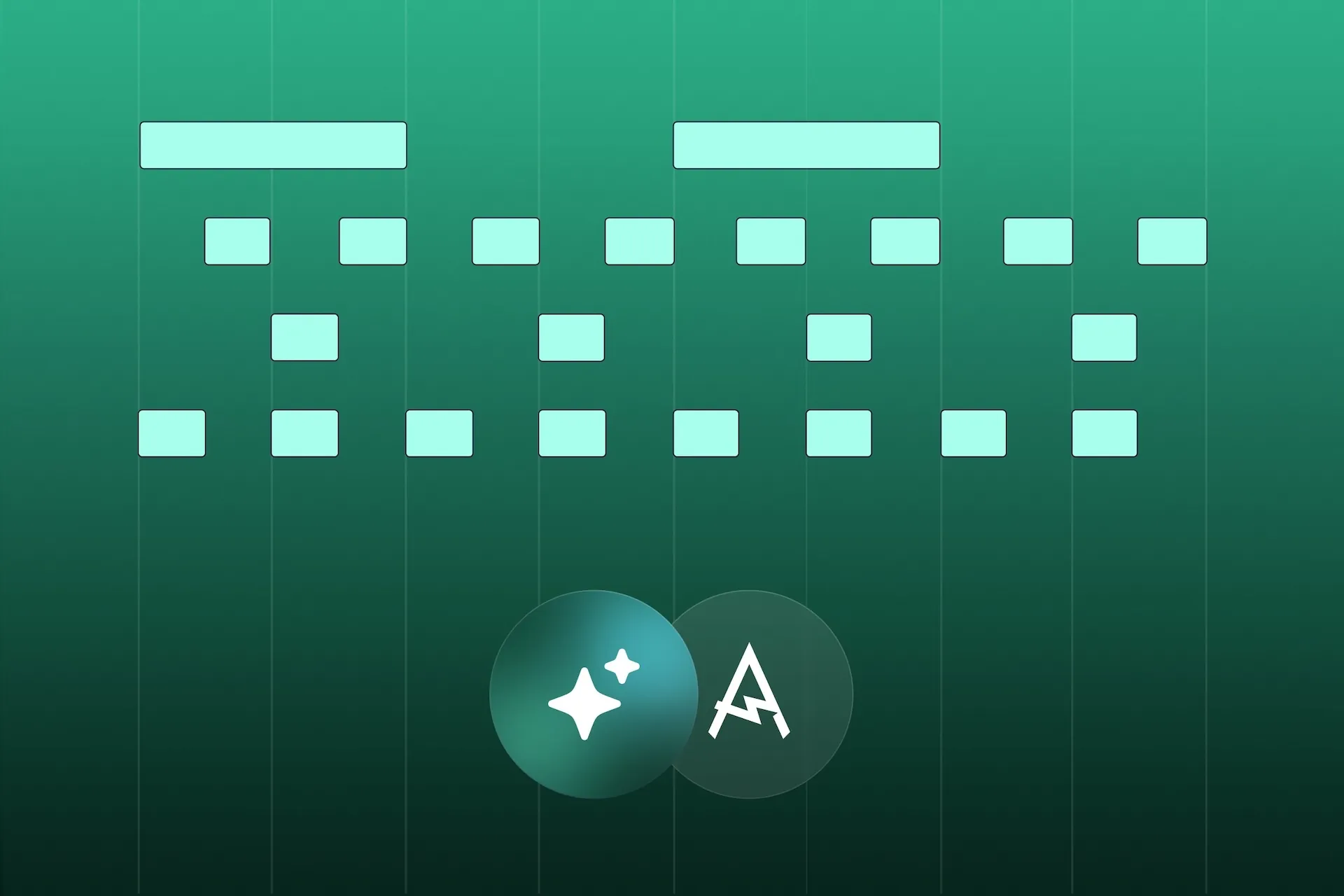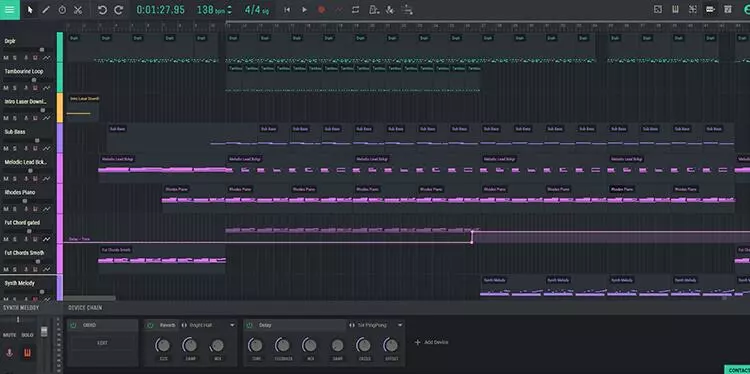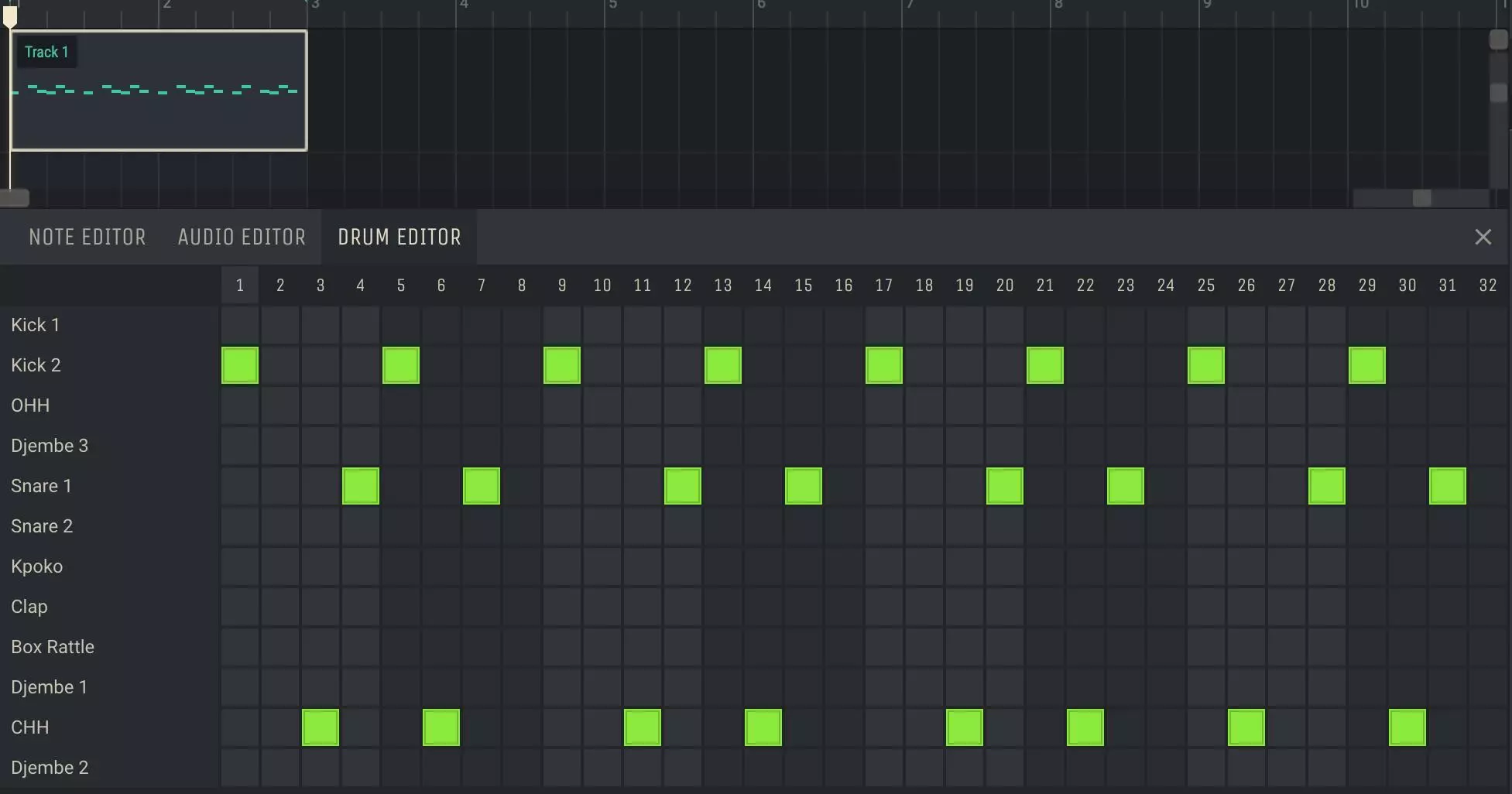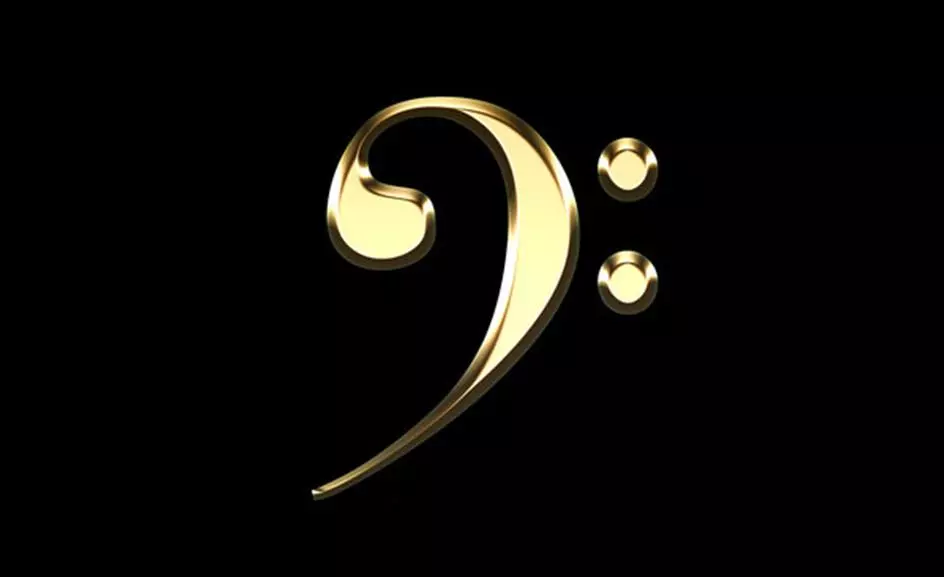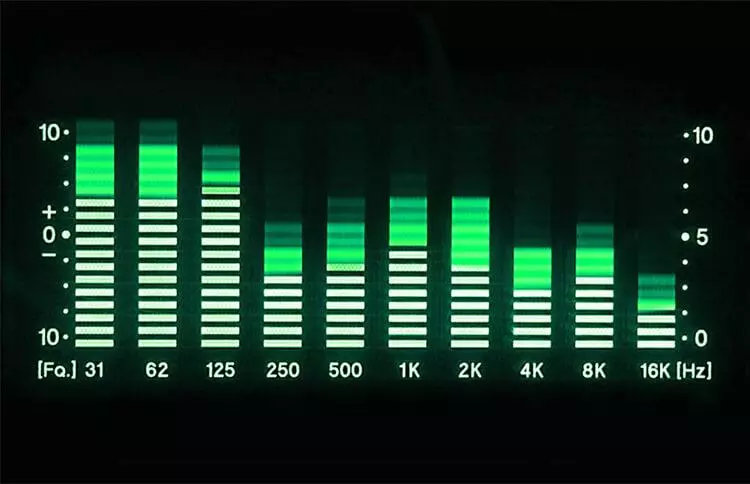How to play guitar for beginners

If you are currently reading this article, then most likely you have two questions: “How to learn to play the guitar from scratch on your own?” and “Where to start learning?”. We understand your condition well, as I myself encountered this when I learned to play. The guitar is an amazing world full of possibilities, but for beginners, it can seem incomprehensible.
The purpose of this article is to provide you with a clear plan of action before you even try to play your first guitar chords.
The structure of an acoustic guitar
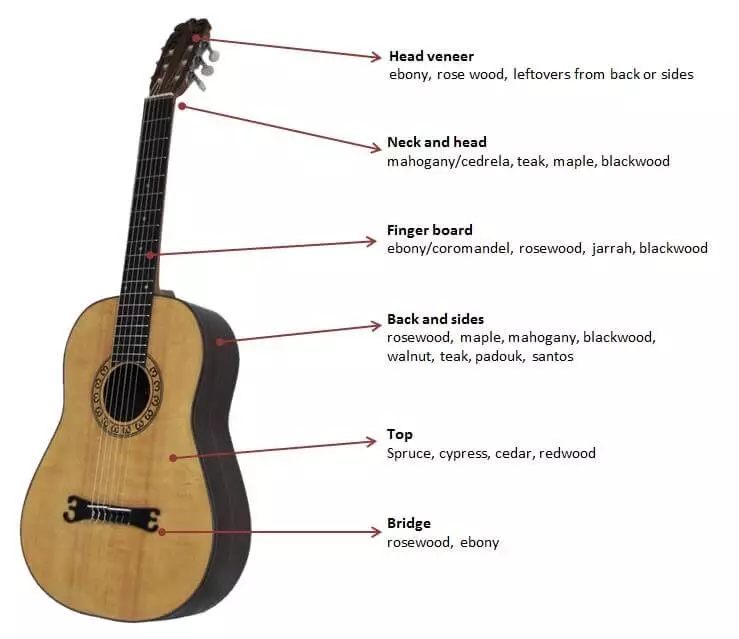
You are probably wondering how a guitar device can help you learn how to play it? In fact, it won’t help you directly. However, if you have to visit a store and pick up your first instrument, it’s helpful to know what parts are called so you don’t get caught off guard by the salesperson. Carefully study the diagram below, and then continue reading our instructions.
Choosing the first guitar
How to approach the choice of your first tool? Should you trust a shop clerk, a friend, or a teacher? This question is of great importance, because the choice of a guitar to learn from scratch directly affects the speed with which you can learn to play it, especially if you decide to study on your own at home, without the help of a teacher.
What should be your first guitar?
All the information you need to know about choosing your first instrument is this: it should make you want to pick it up and play around for a bit. If you can’t get past a guitar that’s languishing in a corner of a room without picking it up and making some noise, then this is the right guitar for learning.
First of all, the instrument should inspire you, and then you can think about its sound, construction and other details that are not important at the initial stage. So let’s set the basic requirements for your first tool:
- The guitar should inspire you (it should be beautiful and interesting for you);
- The guitar should be comfortable (try to hold it in your hands, sit down with it on a chair);
- The guitar must be of good quality (the frets must not scratch your fingers, there must be no play or other technical problems).
Point 1 – completely control yourself. It should be decisive when choosing your first guitar, because the main difficulty in learning to play the guitar is the loss of motivation. If your instrument inspires you, it will be your best ally on this difficult journey.
Point 2 – partially delegate to a friend or teacher who will help you with the choice. Since you don’t yet know what it’s like to sit in class for hours on end, a more experienced friend can give valuable advice on how to play comfortably.
Point 3 – give at the mercy of a friend who has been playing for a long time, or a teacher. Now let them inspect and analyze your chosen tool, examine its details and conduct a test.
Note that I didn’t mention the sound of the instrument. Why? Indeed, in a musical instrument, sound is usually the main aspect. But no, no, and no again. For a beginner guitarist, the visual appeal of the instrument is most important, despite what other people may tell you.
You will be offered different guitars by sellers or your friends. They probably know more than you. They may hear a difference in the sound of the instruments that is not available to you yet. Most likely, they even sincerely want to help you make the right choice. However, you will be playing this guitar, and we have already found out that in order to quickly master the instrument, you need a constant desire to practice, and the guitar should support you in this.
Understand correctly, guitar construction, neck width, scale length, string gauge, wood species and a host of other factors are important when choosing a guitar. However, it is better to make this choice yourself later, when you begin to understand these nuances on your own, and this comes with experience and cannot be accelerated.
When you learn to play the guitar, you will be able to choose an instrument that will fully satisfy all your needs.
Guitar tuning
First, let’s deal with the tuning of the guitar, and then I will tell you how to tune it.
A standard guitar tuning looks like this:
- 1 string – E;
- 2nd string – B;
- 3rd string – G;
- 4 string – D;
- 5 string – A;
- 6 string – E.
How to tune your guitar
About ten years ago, guitar tuning was a real problem. Beginners had to resort to tuning by tuning fork, phone beeps and other tricks. However, things are much easier now. When buying a guitar, you can purchase a clip-on tuner that will do all the work for you, and you just have to tune the tuning pegs until the tuner says “enough”.
Plus, you don’t have to buy a separate tuner or tuning fork. First, there are many websites that use your computer’s microphone and act as a clip-on tuner. Just search for “guitar tuner” or “tuning fork” and you’ll find plenty of sites with similar functionality. Personally, I like the tuner on the official Fender guitar website. Another option is to download the application on your smartphone, which can be easily found for the same queries.
However, now another problem has arisen – guitarists who do not know how to tune the guitar by ear. Believe me, I have seen them myself. It seems rather strange when a guitarist cannot tune his instrument due to a dead battery in the tuner.
Tuning a guitar by ear can seem like a daunting task, especially for a beginner. However, even this process can be mastered wisely. View it not as a torment, but as an exercise that helps develop your ear. In the future, this will be very useful when you pick up songs by ear, believe me.
I suggest you take the best of both worlds: develop your ear by tuning the guitar yourself, then test yourself with a tuner. And if you have tuned your guitar accurately enough, allow yourself to enjoy a chocolate bar, because you are doing great.
Guitar Tuning Algorithm
So, you already know that the first string needs to be tuned to the note “Mi”. To do this, you can use the tuner or one of the mobile applications. The next steps look like this:
- The second string is clamped at the fifth fret and tuned in unison with the first string;
- The third string is clamped on the fourth fret and tuned in unison with the second string;
- The fourth string is clamped at the fifth fret and tuned in unison with the third string;
- The fifth string is clamped at the fifth fret and tuned in unison with the fourth string;
- The sixth string is clamped at the fifth fret and tuned in unison with the fifth string;
- The open sixth string must sound in unison with the open first string.
When all these manipulations are completed, it does not hurt to check the tuning of the first string again using the tuner. Sometimes it happens that the tuning can “shift”, especially if the guitar has been heavily tuned. If the first string is exactly tuned to E and the rest of the strings are tuned correctly, then it’s time to try playing some chords.
Learning guitar chords
How to read chord charts
So what do we see here:
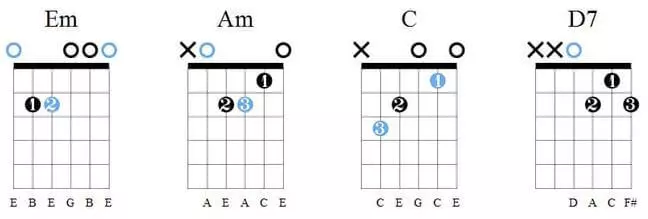
In this diagram, the vertical lines represent the strings of the guitar. The sixth string is on the left, and the first string is on the right.
The horizontal lines represent the frets on the fretboard of the guitar. The top line corresponds to the first fret, unless otherwise indicated.
The circles indicate the strings that should sound in this chord, and the crosses indicate the strings that should be muted. If the circle is on top, above the first fret, this means that the string should sound open (not pressed down).
The circled numbers indicate which finger to press the string with. Typically, such diagrams indicate the most comfortable position of the fingers for each chord. The index finger is numbered 1, the middle finger is number 2, the ring finger is number 3, and the little finger is number 4.
A capital letter indicates a major chord, adding a small “m” indicates a minor chord, and the number 7 indicates a seventh chord.
So, now that we’ve got it all figured out, let’s start learning the basic chords.
Chord Fingerings for Beginner Guitarists
Imagine how many guitar chords there are! However, do not think about their total number yet. Don’t be alarmed if you stumble upon a tutorial that lists hundreds or even thousands of chords. I have some good news for you.
The first good news is that over time you will learn how to create any chord, even the most complex one, just by knowing its root note (root). You don’t have to memorize a huge number of chords, as you can build them yourself.
The second piece of good news, which will certainly bring you more joy than the first one, is that you only need to know 21 chords to play 99% of the popular songs usually played on the guitar. And these chords are presented in the images below.
Chords from A: A, Am, A7
Chords from B: B, Bm, B7
Chords from C: C, Cm, C7
Chords from D: D, Dm, D7
Chords from E: E, Em, E7
Chords from F: F, Fm, F7
Chords from G: G, Gm, G7
So, we looked at the chord diagrams, but what to do with these chords next? Great question. Now you need to learn how to play these chords. And not just to play, but quickly and cleanly, so as not to touch neighboring strings with your fingers.
It will take some time and practice to bring all the chords to automatism. When you want to play a particular chord, you don’t have to think or remember which fret and which string to play it on. Your fingers should automatically know their place in every chord, and you should be able to place them instantly. It’s like a multiplication table.
There are no secrets or tricks here. The only way to learn how to play chords fast is to do it all the time. Constantly and persistently. And always check if all the strings are sounding, if you are touching something superfluous and if you are not drowning out neighboring strings. You play a chord, give your hand a little rest, and play it again. And keep doing this until you start playing them quickly.
After a week or two of such training, your fingers will remember their position in each chord, and you will rejoice at your achievements, be proud of your success in front of your friends.
The next step is to study the transitions between chords. You don’t have to wait until you can play all the chords quickly. You can start practicing switching them right away.
Here are some examples of the most common chord progressions on which you can practice transitions between chords:
- Am-Dm-E-Am;
- Am-F-C-E;
- Am, G, C, E;
- Em-Am-D-G.
What is a guitar fight
Fighting is just one of the many ways to produce a sound on the guitar, but it is probably one of the most popular ways to create a sound on the guitar. The essence of this technique is that when you play a chord with your left hand, your right hand simultaneously moves up or down the strings, producing a sound. Not always up and down, sometimes only down. And not always on all strings. But you kind of get the idea.
To do this, you can use the nail plate of your index finger, the pad of your thumb or a plectrum – this is not so important now. The main thing is to learn not to think about what the left hand is doing and learn to control the movements of the right hand.
In order to practice right hand movements, I suggest trying out a few types of hits from songs that should be in the arsenal of every aspiring guitarist.
Is a teacher always needed?
Now let’s consider if you need a teacher. It should be noted right away that it is absolutely possible to do without a teacher. Moreover, many truly outstanding guitarists have never taken lessons from teachers. However, they made up for it with their perseverance and constant practice. For example, Jimi Hendrix, as his relatives say, never let go of the guitar. He woke up and immediately took her in his hands, even before breakfast.
The need for a teacher arises if you plan to connect your life with music and become a professional guitarist. In this case, a mentor who will show you the most effective way to achieve your goals will be very helpful. However, he must understand what you want to achieve and know how to help you achieve it. If he does not understand where you are going, how can he show you the shortest path?
If playing the guitar is nothing more than a pleasant hobby for you, and you just want to play and sing songs with the guitar with your friends from time to time, then you don’t need a teacher. You can save time looking for a teacher and money for classes, as everything you need can be found on the Internet, and the basic skills are already described in this article.
A few words about motivation
Now let’s talk about how to stay motivated. There can be many demotivating factors in this complex process.
At first, your left hand fingers will hurt. However, you should know that everyone goes through this. You will have to endure for a while, but then you will not even remember this discomfort. However, don’t force yourself to play through the pain. If playing the guitar brings you only pain and frustration, and not joy, then you will quickly lose interest and quit this business. Don’t let something as small as pain in your fingers stop you from reaching your goal.
For girls, the need to give up long nails on the left hand can be a cause of sadness. With long nails, it will be difficult to properly pinch the chords, so you have to cut them. But the nails on the right hand can give you an advantage over the guys. Playing with the nails of the right hand sounds brighter than when using the fingers. It may look strange (one hand with nails, the other without), but you will sound the best.
Also, if there are people in your environment who have just started playing the guitar, but their progress seems to be more impressive than yours, this can make you feel discouraged. You may think they are talented and you are not, if you can’t play that well. But it is not. Of course, some people are naturally talented. This is called natural inclination or giftedness. But in fact, your success depends only on your perseverance and the amount of time you devote to training.
If you have someone in your environment who plays better than you, this is not a reason for sadness, but a reason for joy. Communication with such people should motivate you to become better and work harder.
By the way, famous guitarists are another source of motivation. When you feel like you’ve lost your inspiration and don’t want to practice, just turn on a gig by some great guitarist. It doesn’t matter who it will be. The main thing is that you like his music and that should energize you to pick up the guitar again, overcome the pain and strive to be better.
Conclusion
I would like to conclude with the hope that this article has shed light on your questions that all beginner guitarists are concerned about and will determine the direction of your future guitar path.
You already know everything you need to start learning, it remains only to proceed with the action. I wish you success in this endeavor. Never give up and have fun playing the guitar.


